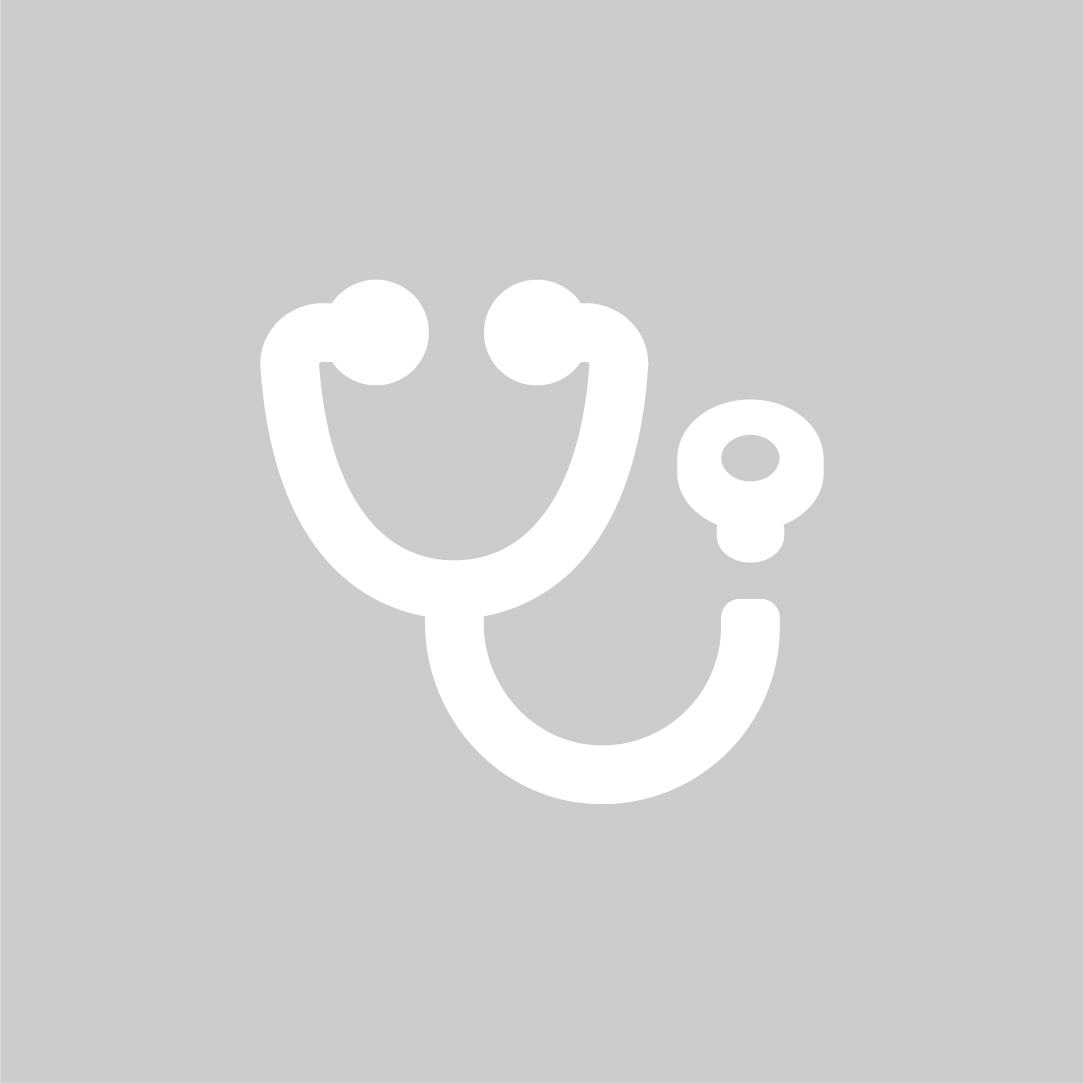53 , Route de Mamer L-5311 Mamer, Luxembourg
About Neuroacademy
What is Neurofeedback ?
Neurofeedback is a scientifically recognized method to measure and improve brain activity, which is used worldwide. It is based on the latest findings in brain research which show that certain behavioral patterns always lead to the same brain wave patterns. Brain activity, normally imperceptible through our senses, can be visualized using measuring instruments. Computerized neurofeedback therapeutically trains various types of performance of the human brain on the basis of electrical brain activity measured with EEG (electroencephalograms).
What is Neurofeedback used for?
The goal is to have a lasting positive impact by optimizing the brain waves associated with perception, thinking, attention, behavior, and well-being.
Which therapeutic goals is neurofeedback used for?
-
attention deficit / hyperactivity disorder AD(H)S
-
epilepsy
-
tinnitus
-
autism
-
stroke
-
addictions (for example alcoholism and drug addiction)
-
tic disorders
-
anxiety disorders
-
depression
-
migraine
-
mood swings
-
sleep disorders
Neurofeedback therapy — Guide to self-help
Neurofeedback therapy has become one of the innovative therapies used in a wide range of physical and mental disorders and diseases. The principle is based on the fact that certain physical or mental states and behaviors are associated with specific brain wave patterns. For example, migraine causes recognizable brain wave patterns. With EEG recording in neurofeedback, these patterns are made visible, and thus can be influenced by the patient. During sessions, the patient deliberately alters these disturbing patterns, and can thus prevent migraines.
Neurofeedback therapy usually leads to long-term success and can make, for example, drug therapy unnecessary, or reduce the necessary medications at least for different health and/or mental health problems.
Neurofeedback and AD(H)S — remarkably good results
In July 2009, results of a meta-analysis on the topic "Neurofeedback and AD(H)S" were published. Together with colleagues from the University of the Dutch city of Nijmegen, scientists at the University of Tübingen were able to show that they can achieve large and clinically significant effects with neurofeedback to improve core symptoms of impulsivity and inattention (source: press release University of Tübingen), while the core AD(H)S symptom hyperactivity saw moderate effects. For this analysis, the researchers used the results of a total of fifteen studies on the subject. AD(H)S occurs not only in children but also in adults. With adults, one can also often achieve significant improvements with neurofeedback. Before we come to terms with the effects of neurofeedback on AD(H)D, let us first clarify what AD(H)D is.
As scientifically recognized method, Neurofeedback used on the one hand to measure brain activity, and on the other hand to change and improve it. Certain emotional and physical states can be ascribed specific brain wave patterns that are seen on the computer screen. It also helps to clearly identify typical unadaptive behaviors in AD(H)D. This is where neurofeedback is useful. Each patient gets positive feedback through neurofeedback, for example in the form of a computer animation, when the brain wave patterns suggest that AD(H)S-typical behavior is avoided. Thus, patients can often permanently influence their brain activity to significantly reduce AD(H)S-typical behaviors. The successes attained by neurofeedback for AD(H)D help both the suffering patient themselves as well as parents, partners, and friends. They often mean a satisfying return to normality in dealing with each other.
Details
NACE Code
86.902
VAT number
LU27871152
Trade register Number
A40397
Founded in
2014



Thank you for your comment, your experience is valuable to yellow.lu users. We strive to facilitate quality exchanges between consumers and professionals, which is why your comment will be reviewed by our team. Whether you are satisfied or not, please aim to remain objective and respectful when writing your comment.